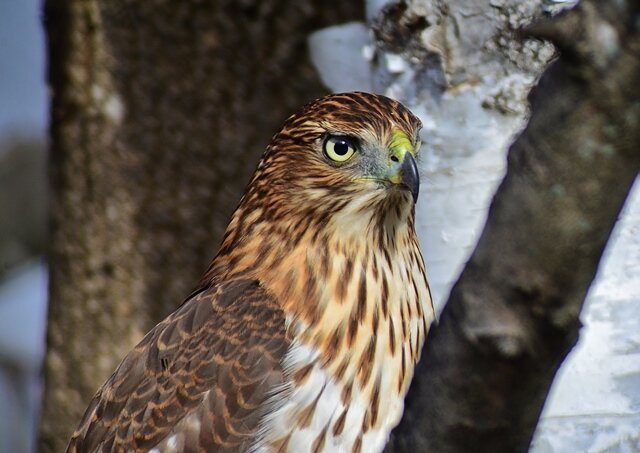Writing Nature into the Gideon Stoltz Mysteries
/Nowadays I live in northern Vermont, but I was born and raised in the Ridge and Valley region of central Pennsylvania, where the main character in my historical mystery series, Sheriff Gideon Stoltz, tries to solve murders in the 1830s. Readers tell me that my descriptions of plants and animals and landscape and weather bring a vivid sense of place to my fiction.
When I was young, I often walked from our house into the fields and woods bordering our town. I remember almost jumping out of my skin when a chunky brown bird came thundering out of the brush a few feet away: The first ruffed grouse I’d ever seen.
Another time, I peered up at a sizeable hole in a dead tree – and suddenly this huge prehistoric-looking black-and-white bird came swooping in and clamped itself onto the tree’s trunk like it had magnetized feet: A pileated woodpecker, with a rattling call and a flaming red crest on its head. A week later, through binoculars, I watched the woodpecker and its mate feed insects to the hungry youngsters that poked their heads out of that tree hole.
The part of central Pennsylvania I come from has farming valleys with good limestone soil, separated one from another by long parallel sandstone ridges, which are largely forested. Back in the 1830s, fewer farms had been carved out of the woods.
cooper’s hawk by tom berriman

